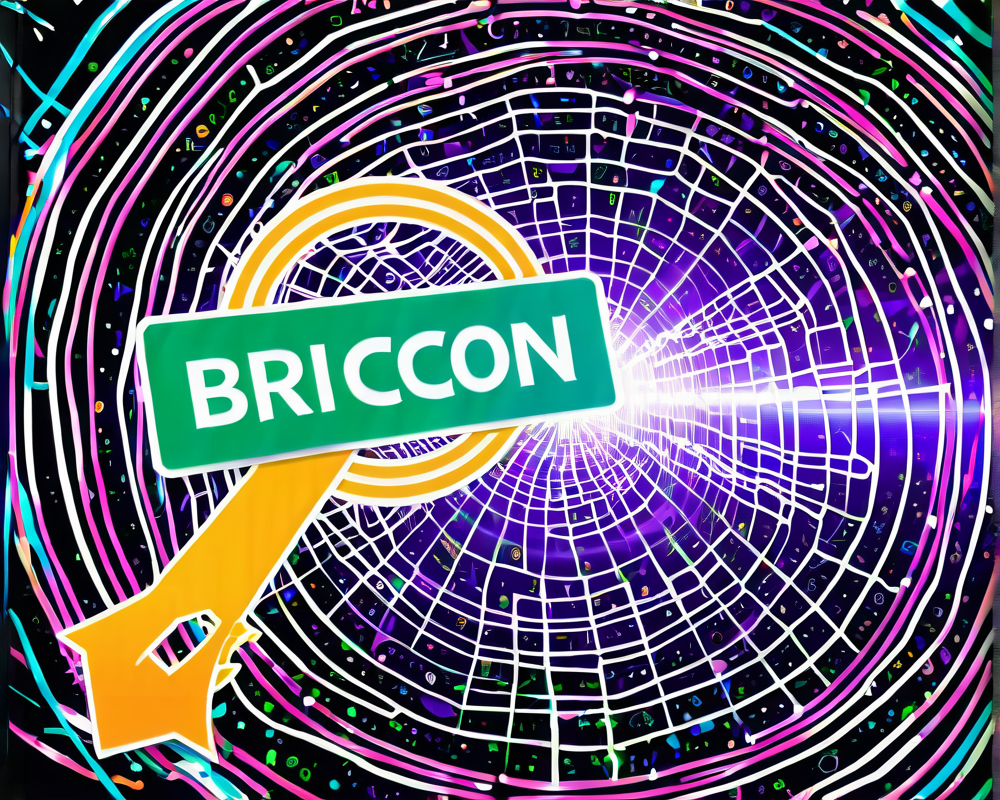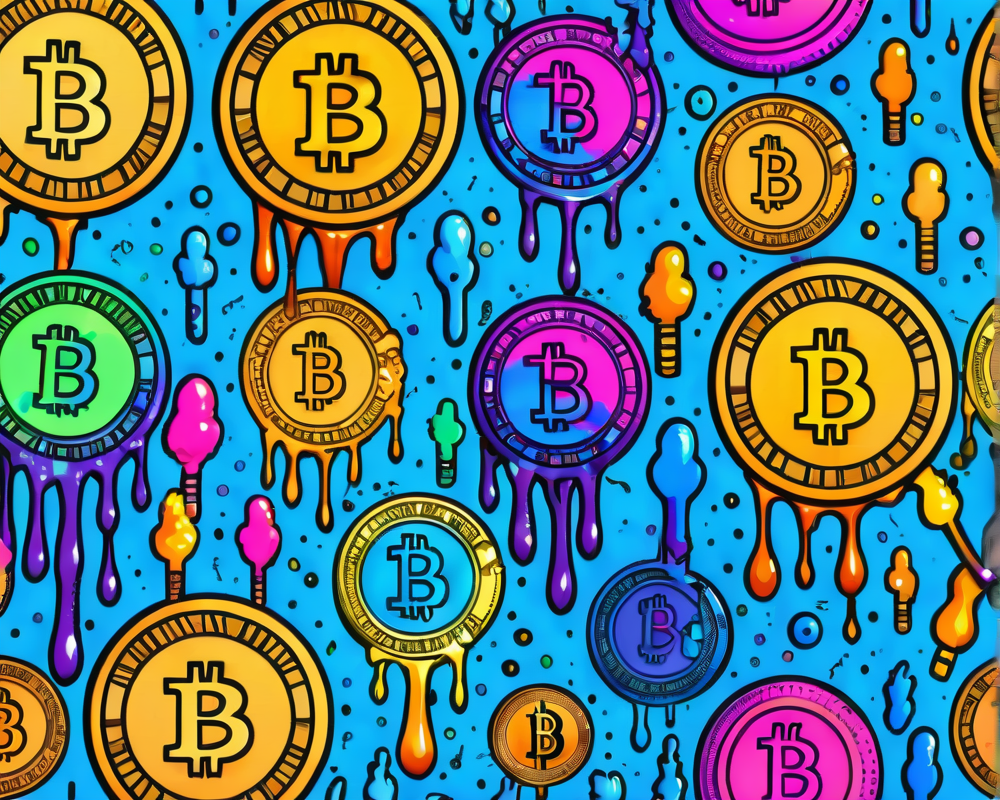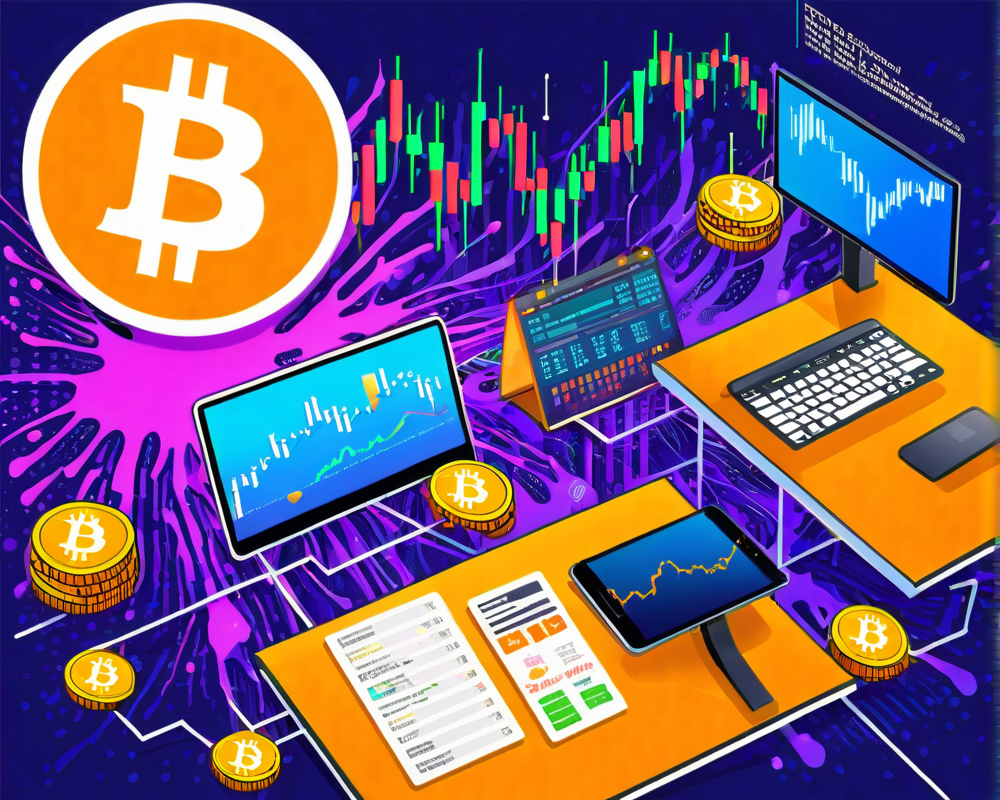A Brief History of Blockchain
Launched onto the world stage in 2008, blockchain technology aimed to shake up traditional financing methods with its decentralized, transparent, and secure protocol for handling digital transactions. Remember when we thought life was complicated with just online shopping and banking? Enter blockchain: the hero we didn’t ask for but got anyway. Ever since then, it’s gone galivanting through various sectors like supply chain management, healthcare, and even gaming, because why not?
Hash Rate Hurdles: The Cryptic Challenge
Ah, Bitcoin—the name that ignites joy in wallets worldwide (and nightmares in some dark alleys). The backbone of Bitcoin is its hash rate, measuring the computing power essential for maintaining network integrity while validating transactions. But here’s the kicker: as the hash rate soars, so does energy consumption. To put it mildly, mining Bitcoin costs about as much as heating a small house in winter, making it a tad controversial. An increased influx of miners not only raises the stakes but also the electricity bill!
The Energy Drain
Some say, ‘Why not just charge your phone while mining?’ Well, environmentally-friendly mining could mean harnessing solar or wind energy. Imagine a field full of eco-friendly miners sipping organic chai while their rigs hum softly—but alas, we’re still dreaming.
Mining Centralization: The Not-so-Sweet Spot
As the hash rate climbs, the mining power gets scooped up by a select few, leading to a Wikipedia article’s worth of centralization issues. Can you hear the sound of the market’s Timmy? That’s the sound of individual miners whimpering as major mining pools monopolize the scene, threatening to pull strings behind the curtain like a puppet master.
From Decentralization to What-a-tion?
We’re not just talking about centralized mining but also the alarming concentration of wealth within the blockchain elite. Some early adopters have fortified their coffers, leading to an imbalance reminiscent of old school banking. This modern-day gold rush has turned many into billionaires overnight, while others watch from afar. It’s like a game of Monopoly, where you land on Boardwalk and the other player’s 15 hotels spell doom for your humble pizza shop.
Breaking the Barriers
A bigger conundrum lies in the formidable barriers of entry. Setting up a successful blockchain project doesn’t come cheap. Not everyone has the Silicon Valley connections or shareholder backing to kick-start their dreams. Think of the struggle of a gamer trying to out-level a seasoned player; the odds just aren’t in their favor.
Fostering a Richer Token Economy
What’s the moral of the story? We need to ditch phantom decentralization and make room for real growth. A well-informed public is key to expanding the blockchain domain. Schools should integrate blockchain education, and resources must be available to all budding tech enthusiasts. The motto? “Let’s raise the hash rate, but also raise awareness!”
Conclusion: The Road Ahead
While diving into the blockchain rabbit hole has revealed risks and challenges, there are promising strategies on the horizon. It’s time for a collective shift towards embracing renewable energy in mining, enhancing scalability, and making education about blockchain accessible to wider audiences. In the end, if we play our cards right, the future of blockchain could hold the promise it initially offered—a decentralized utopia where everyone can play.



